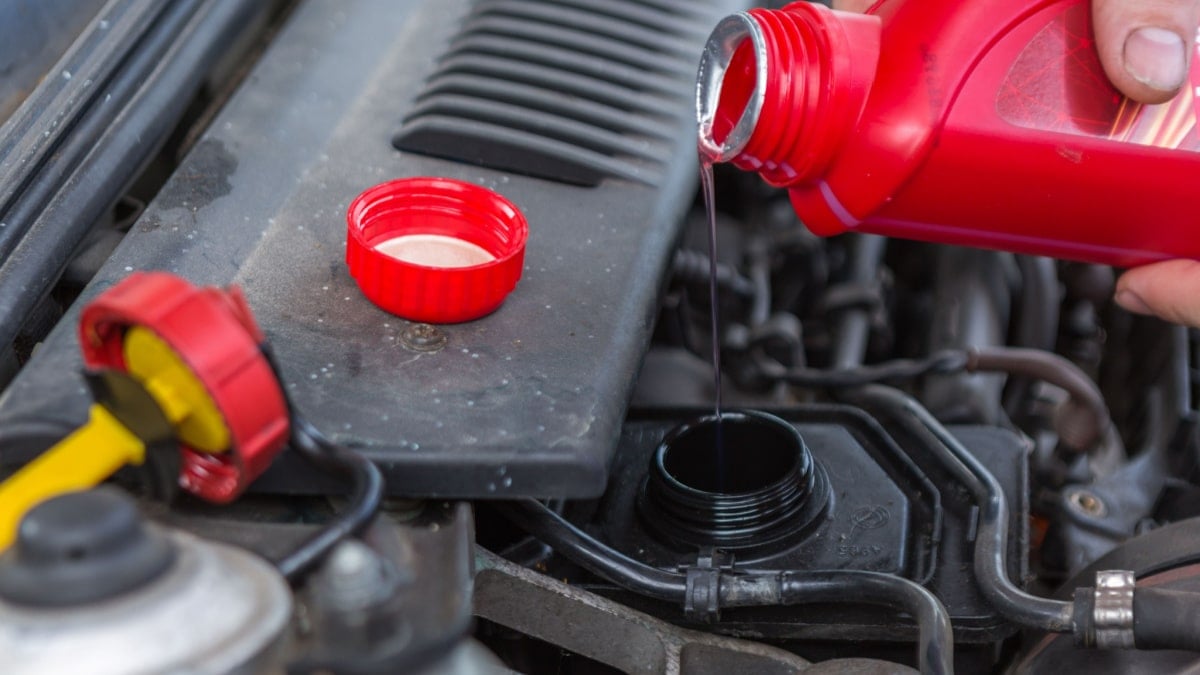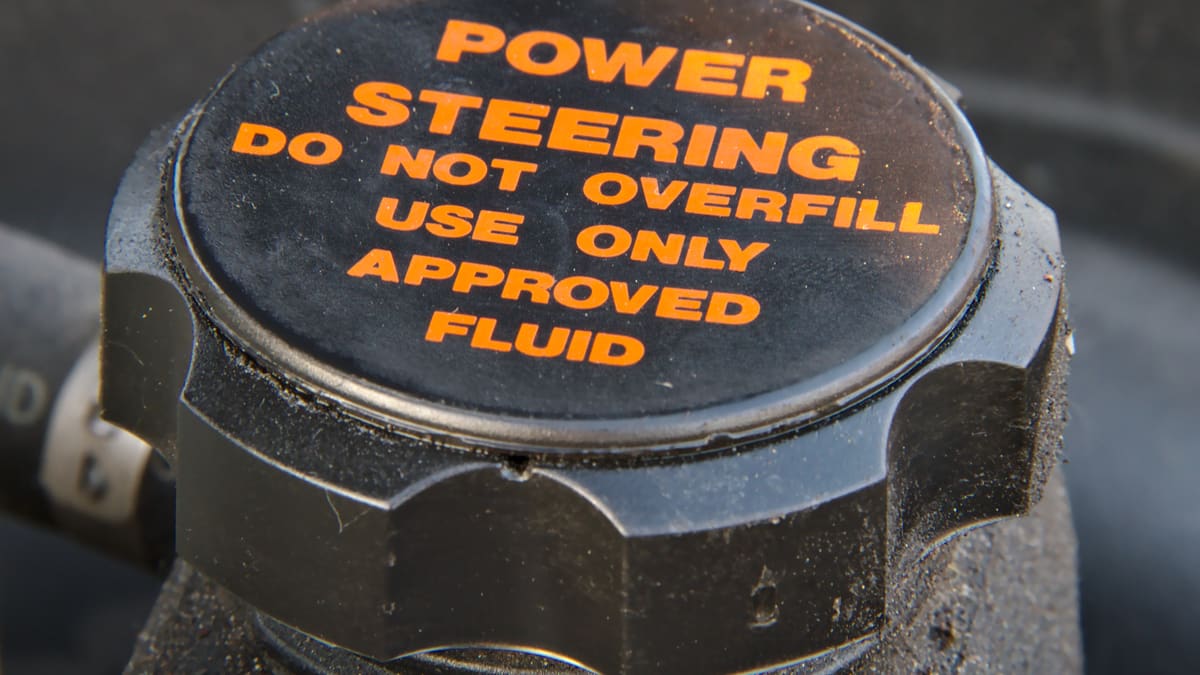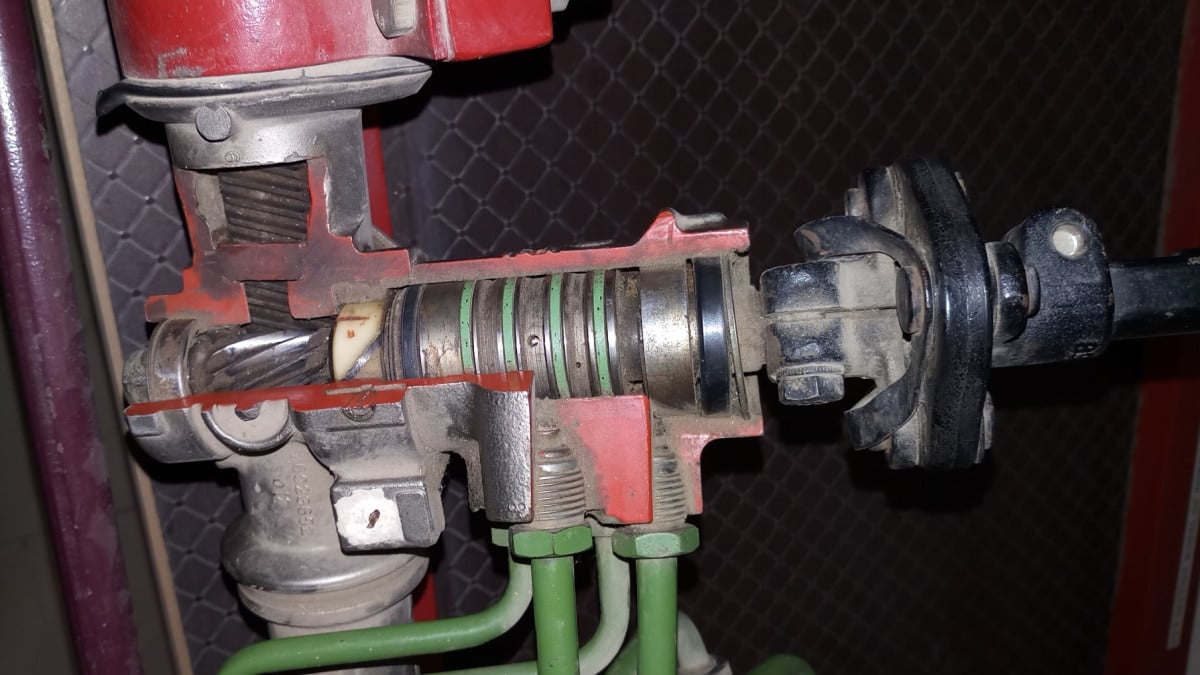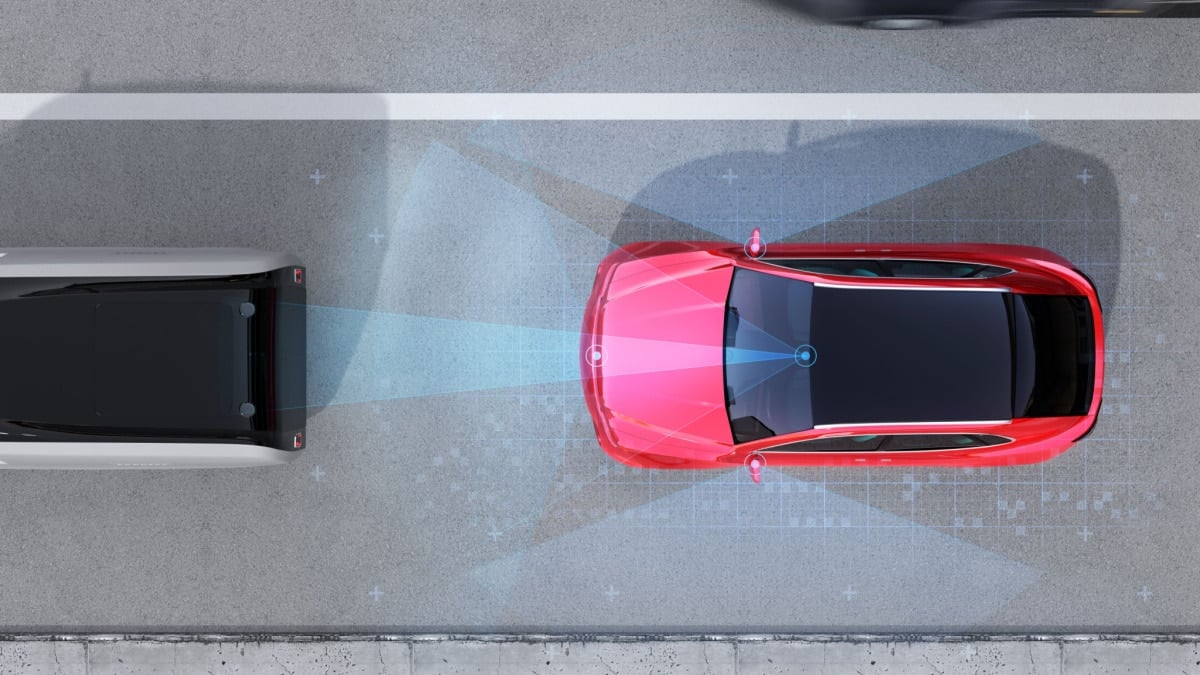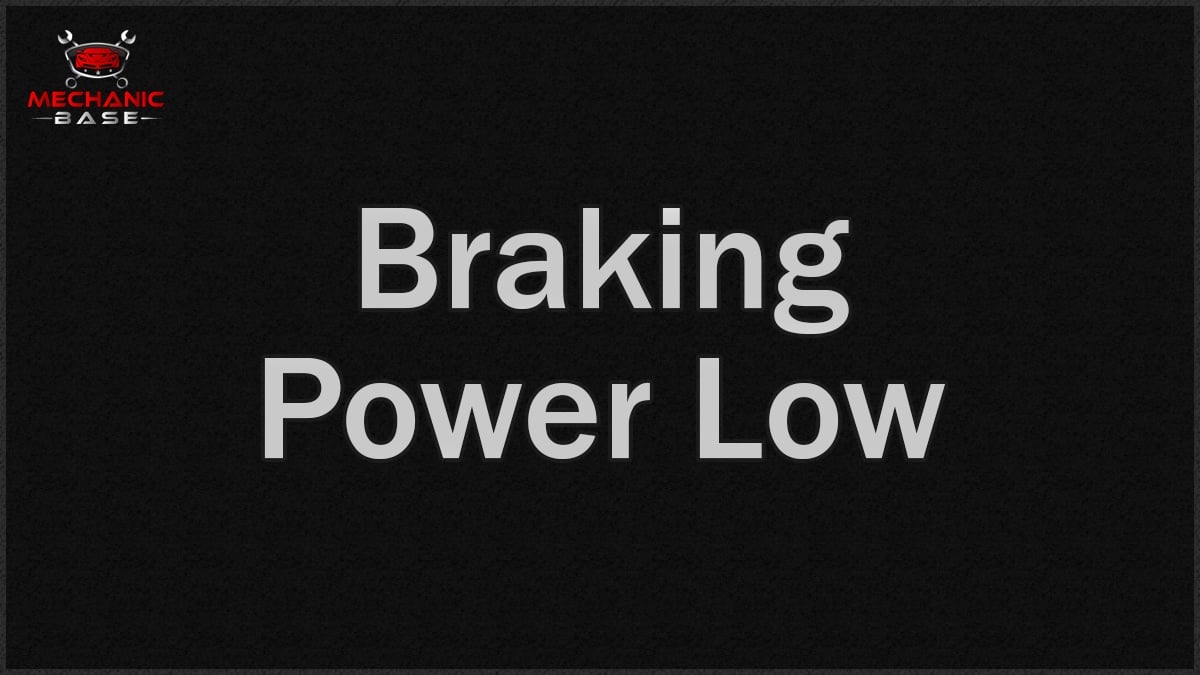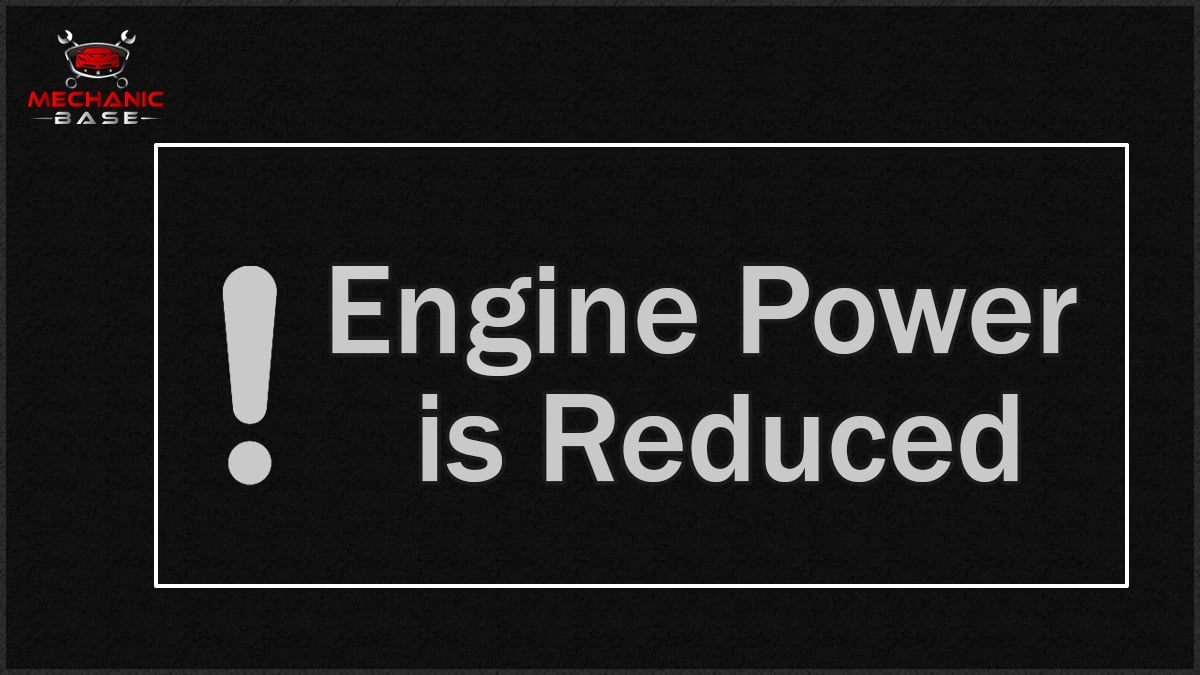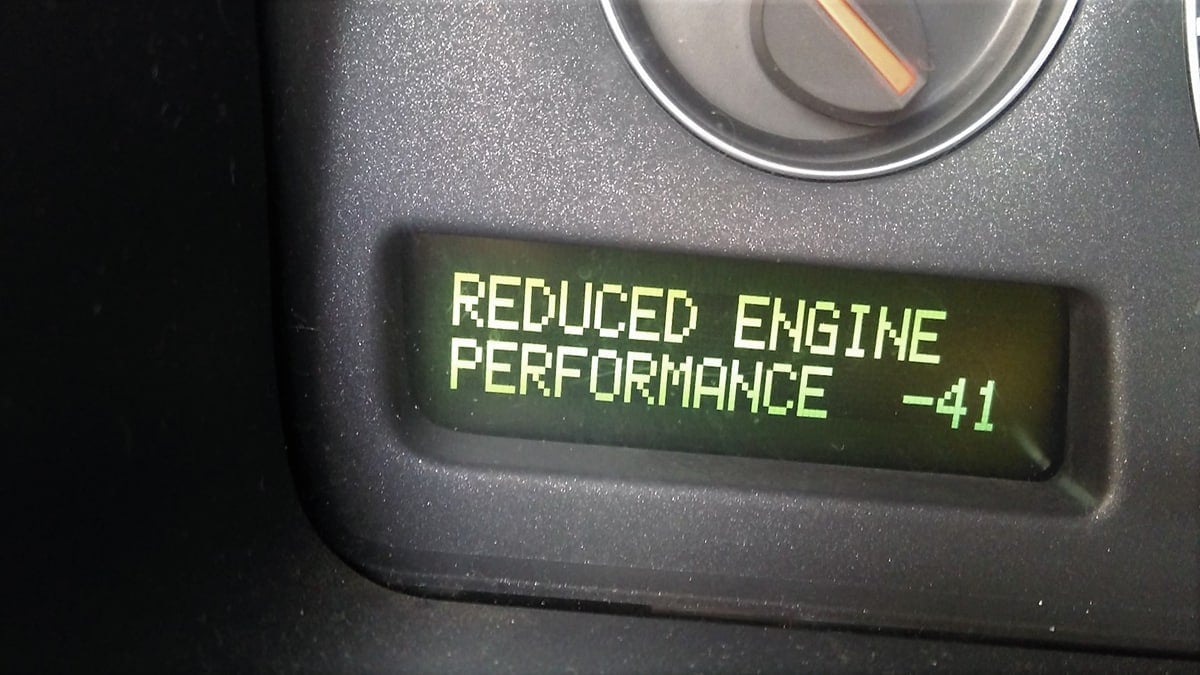Power steering is a modern marvel that many of us take for granted. However, this advanced system isn’t free of defects, especially as it gets older. If you notice a dashboard warning light or you are having trouble controlling your vehicle, you want to know how to fix a power steering assist fault. You don’t want to drive with these problems.
In this guide, we explain the power steering assist system and look at what could be causing the problem. We also show you how to repair it once you figure out what’s wrong. At the end of our guide, we cover the approximate costs of repairing the system based on what must be dealt with.
What does the Power Steering Assist Fault Message mean?
The Power Steering Assist Fault message means that there is an issue with your electrical or mechanical power steering system. The fix might include simply adding power steering fluid or repairing an electrical fault, but it could also be due to a more serious issue.
These days, most cars use electric power steering, and in most cases, when you see this warning message, there is something wrong with this unit or its sensors. Let’s take a closer look at the system.
RELATED: Hydraulic vs Electric Power Steering – Differences, Pros & Cons
What Is Power Steering Assist?
In the middle of the 20th century, you had to muscle the steering wheel of a car to get it to go where you wanted. It wasn’t until 1951 that power steering first showed up in domestic automobiles. The first model to receive it was the Chrysler Imperial.
Since its first introduction, the power steering system has become more advanced. Today, we have electric power-assisted steering systems. While it still has a hydraulic pump to push fluid, it doesn’t absorb the energy created by the engine as the older types did. Instead, an electric pump is used to pressurize the fluid, so steering is made easier.
Hydraulic fluid is found in the reservoir. As you move the steering wheel, the fluid transfers and creates a force that works to turn the wheels. Older systems have a belt that connects to the engine to draw energy. Today’s vehicles – especially those that are hybrid – have an electric pump instead that runs off of the battery.
Today’s advanced safety features run off of the power steering, which is why the system is so important. If your vehicle uses parallel parking assist, lane assist or other advanced technology, the EPAS system might play a role in the operation.
RELATED: Steering Wheel Hard to Turn? (Here’s What Causes it)
Causes of Power Steering Assist Fault
1. Low Fluid

Both the hydraulic and electrical power steering systems contain fluid to operate correctly. If the steering fluid isn’t topped off completely, you could start running into trouble. Typically, when the fluid is low, you will have to work harder to turn your vehicle.
It’s important to know why the fluid is low so there aren’t any other issues down the road. If there’s a leak, you need to repair this problem before you refill the system. Otherwise, the same thing is going to happen, or you could even lose power steering completely.
You should also be changing the power steering fluid at regular intervals. Check the owner’s manual to figure out how often this should be.
RELATED: Power Steering Fluid Colors – What Do They Mean?
2. Bad steering angle sensor
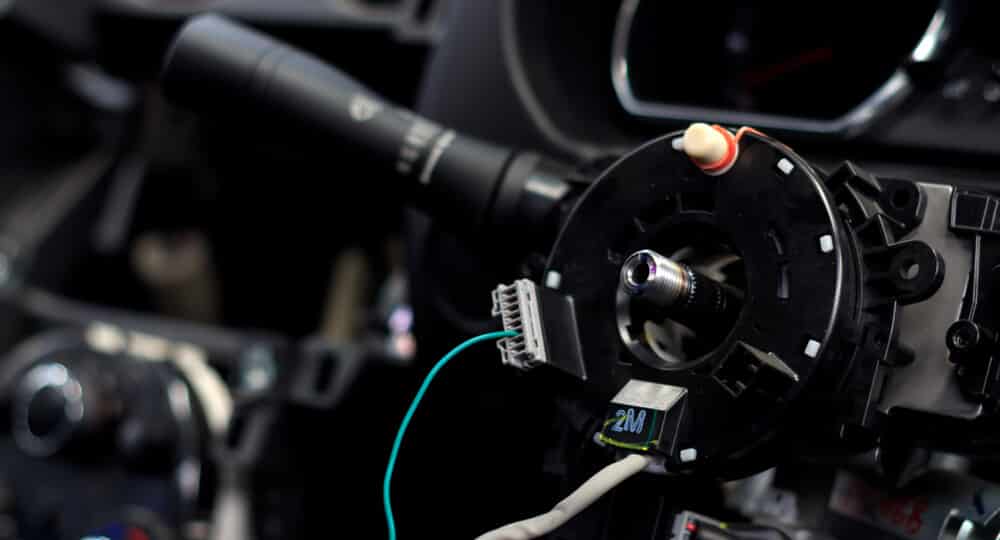
In order for the power steering assist to function properly, it needs to know how much your steering wheel is turned or if it’s straight. To know this, the car uses a steering angle sensor that sits behind your steering wheel.
If this sensor goes bad and shows the wrong angle, it will cause the power steering assist error message to appear. You may also experience other problems with traction control or other important systems when this sensor is bad.
RELATED: 4 Signs of a Bad Steering Angle Sensor
3. Bad Wheel alignment
If your wheel alignment is very bad, it can trick the computer into thinking the steering angle sensor is the problem, and this will cause the power steering assist error message to appear.
If you notice that your steering wheel is not straight, even when driving your car straight at higher speeds, or if your car pulls to one side, you may have a wheel alignment problem.
RELATED: 5 Symptoms of a Bad Wheel Alignment (Why you should fix it)
4. Blown fuse
In some cases, the problem could be something as simple as a blown fuse for the power steering pump or another power steering system. Usually, a fuse should not blow if there is nothing wrong, but it could simply be the result of a sudden voltage spike.
Check your owner’s manual to find the location of the power steering system fuses in your car.
5. Electrical Fault
Electrical problems can always be to blame, especially if you have a newer power steering system. If the fluid is full and you checked the other things, this would be your next step.
It could be due to a low battery. If the light is on the dashboard, you can use your code scanner for hunting down the problem. You should also inspect the wiring and connectors making up the steering system. Anything could go wrong after many years of use.
6. Failing Belt
If you have a traditional power steering setup, there’s a belt running from the engine. It harnesses the power to operate the power steering.
However, this belt is known for causing problems. If you hear a strange sound while turning, the problem could be a bad belt.
RELATED: 7 Symptoms of a Bad Serpentine Belt (& Replacement Cost)
7. Bad Power Steering Pump
Both the traditional and electrical power steering systems have pumps, even though they operate differently. If the pump starts to fail, the fluid can’t flow through the system.
In both instances, the pump is the least likely part to fail, but it’s not impossible. If your troubleshooting hasn’t led to any other causes, it might be time to evaluate the pump.
How to Fix a Power Steering Assist Fault
1. Add Fluid
It’s important to check the power steering fluid often, and you should top it off whenever necessary. While the system shouldn’t lose fluid, it’s always wise to double-check. If you are noticing a drop in fluid, you want to fill it back up and figure out what’s causing the sudden drop. Any leaks should be dealt with promptly.
Most automakers also recommend replacing the power steering fluid every four years or 50,000 miles, whichever comes first. Not changing the fluid can cause contamination, making it less effective at completing its job.
2. Check trouble codes
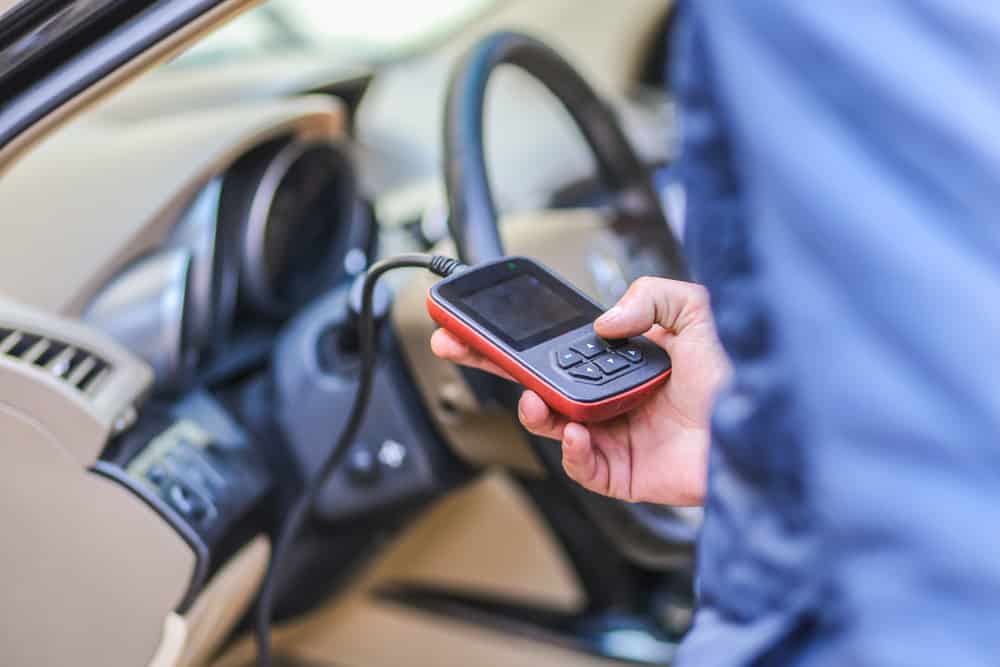
Before you start troubleshooting anything electrical with your car, you should always read the fault codes with an OBD2 scanner. This can give you very valuable information so you don’t have to waste your money.
If the power steering assist fault message appears on your dashboard, there is a fault code stored that tells why the light is on. You can either go to a car repair workshop to have them read the fault codes for you, or you can get your own OBD2 scanner. However, it’s important to get a scanner compatible with the power steering assist system in your car model.
4. Get a wheel alignment
If you scan the trouble codes and find that there is a problem with the steering angle sensor, you may want to take a look at the wheel alignment first. If you have your owner’s OBD2 scanner, you can check the steering angle values from the sensor.
If it seems to show the correct readings and your steering wheel is not straight when driving at higher speeds, you may want to get a wheel alignment.
3. Replace Steering angle sensor
If the wheel alignment seems fine, but the error codes still say there is a problem with the steering angle sensor, you may need to replace it. In most car models, you will need to remove the steering wheel in order to access it.
Unfortunately, in some car models, you will also need to program the new steering angle sensor, which can often only be done by the dealer.
4. Repair Electrical Fault
Troubleshooting an electrical fault isn’t always simple. There’s a lot of wiring and connectors to inspect if you want to hunt down the problem. We recommend starting with the fuse because it’s possible that it has blown.
If that’s not the problem, it’s time to move on to everything electrical in the system. If you find any connectors or wiring that is frayed or damaged, it’s time to replace it.
5. Replace Failing Belt
With a belt-driven system, you might need a replacement to fix the issue. In some models, this isn’t that difficult to do.
However, there are many models that make it difficult to change the belt. If you aren’t sure what you are doing, it’s best to visit a professional before anything else gets messed up.
6. Replace Power Steering Pump
Most people don’t want to deal with replacing a power steering pump, but this part can fail too. If your diagnostic evaluation leads you to the pump, you will need to put a new one on.
Read through the service manual to figure out the steps for your vehicle. Otherwise, take it to a local auto repair shop for additional assistance.
Cost to Fix a Power Steering Assist Fault
The repair cost to fix your power steering assist fault could be anywhere from $5 to $550 or more, depending on what the diagnosis shows. If you simply need to put a little fluid in the system or you must replace a fuse, your repair cost will be minimal.
Repairing leaks, electrical problems or major components can cause the bill to go up much higher. Additionally, luxury cars are almost always more expensive to fix, not only because of the pricey parts, but also because you need a special mechanic to work on the system.
If you can perform the repairs on your own, it will be much easier to keep the bill to a minimum. However, you should never work on the hydraulic or electric power steering system if you aren’t sure what you are dealing with. One small mistake can quickly create larger problems that will cause the repair bill to skyrocket.
How much does it cost to fix the power steering assist fault?
You can expect to pay between $0 and $1000 to fix the power steering assist fault, but there is no fixed cost. If you’re lucky, you can fix it by replacing a fuse or adding power steering fluid, which can cost you under $10. If you’re unlucky, it might be caused by a bad power steering pump that could easily cost you $1000 or more.
Can you drive with a power steering fault?
Although you can drive with a power steering failure, it is definitely not recommended. It becomes much more difficult to handle your car, and it can even result in an accident if you are not able to maneuver the car fast enough.
What is the benefit of power assistant steering?
Power assistant steering, or power steering, is a system designed to make it easier for the driver to steer a car. It does this by using a hydraulic pump to create a force on the steering wheel that assists in turning the car. This makes it easier for the driver to turn the wheel, which can be helpful when trying to maneuver a car.
How do I know if my power assisted steering is working?
If you don’t see any warning lights or messages on your dashboard related to the power steering and the steering wheel is easy to turn and operate, your power steering is most likely working fine.
Categories: Driving

